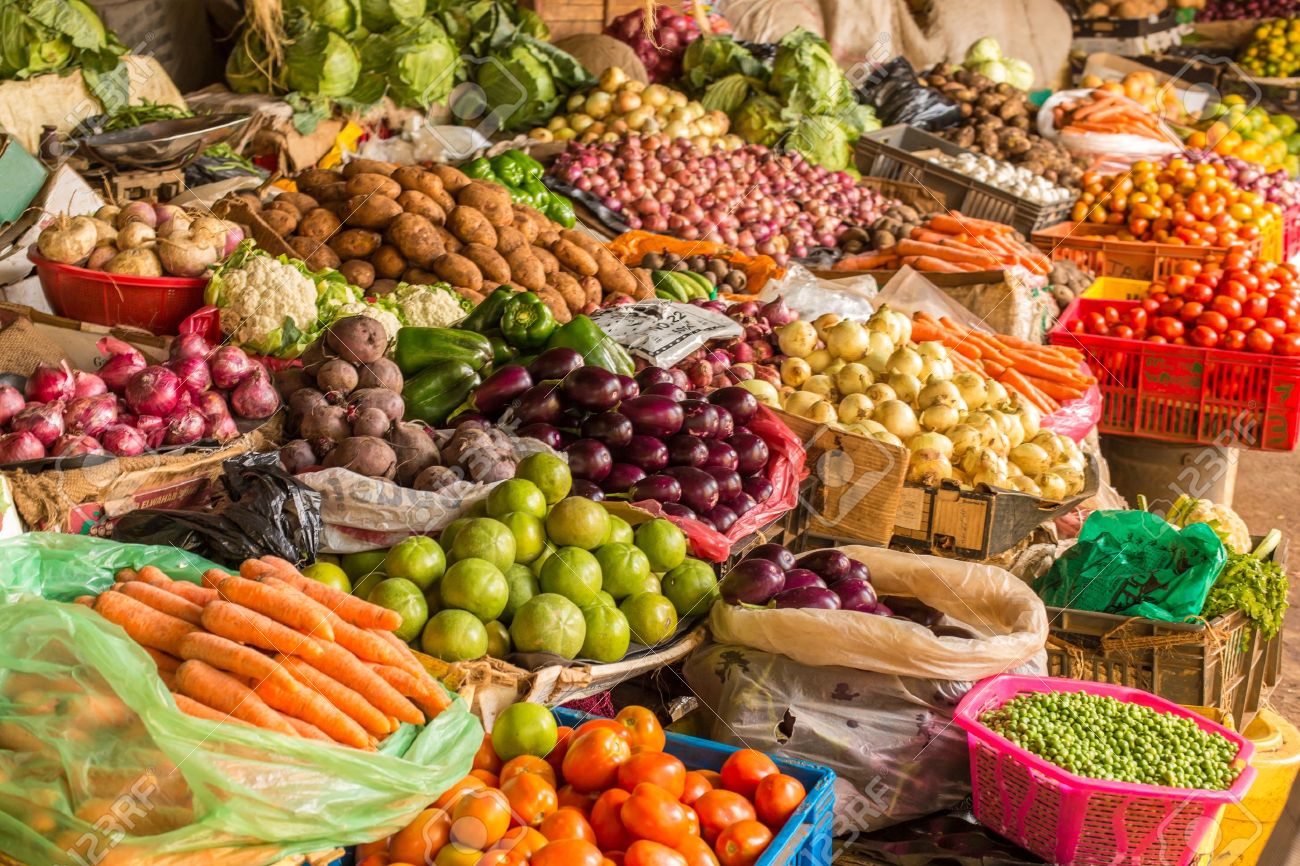
By George Munene
According to agricultural commodity watchers, onions, tomatoes, potato and cabbage farmers are scheduled to benefit from surging prices in the coming weeks and months.
This year has seen the best of times as it has the worst of times for Kenyan farmers. Agricultural produce prices have been driven by unaccounted for wrinkles; Covid-19 restrictions which curbed cross boarder travel curtailed imports of agriproducts leading to an unprecedented increase in prices across Kenyan markets. Erratic weather patterns which are bound to only further affect farming patterns going forward also wreaked havoc on anticipated supply patterns.
“Farming is also becoming more speculative In Kenya, we are witnessing mass rushing into and out of agriculture that creates artificial bubbles rendering the usual seasonal price patterns difficult to decipher,” says Joshua Mamwaka, a wholesale trader at Muthurwa’s Wakulima Market.
We try to forecast where and when the opportunities lie into the new year for Kenyan farmers.
Onions prices hovered around Sh100-120 in April and May, a price Joshua has not seen since he started keeping track of commodity prices in 2015. In August, just three short months later, prices had fallen to a record low of Sh40 per kg, and when he thought the bottom had fallen out they fell even further to Sh34/kg in November. “Prices are just now beginning to rise with a kilogram back up to Sh40. With Tanzanian onions slowly receding from the Kenyan market—they now makeup about one-third of onions and are mostly small-sized with the large onions extinct and the preferred medium-sized onion hard to find. This is compared to mid-June when 80 per cent of the Kenyan onion market consisted of Tanzanian imports. I foresee prices climbing to between Sh50 and 60 for a kilogram in January and February and even above Sh60 over the March and April months when long rains start, “says Joshua.
Related News: Kitui flakes exporter gives mango farmers ready market
Related News: Herb exporter guarantees market for chilli, ginger, garlic contracted farmers
The restriction in travel in March caused by Covid-19 saw a halt in the arrival of truckloads of Tanzanian onions that are preferred by Kenyan consumers because they are well dried and cured having a longer shelf life of up to two months compared to Kenyan onions which on average last just 1½ weeks.
Tomato prices have also followed a similar pattern; farmgate prices hit a record Sh 80-100 per kilogram in February. This was largely caused by the December short rains which persisted into January and February. “This drove speculative farmers looking to cash in on the momentarily inflated prices into growing tomatoes. Kenyan traders also crossed the border into Tanzania at Kimana, Loitokitok bringing back trailer loads of tomatoes. This flooded the market causing prices to plummet to as low as Sh25 a kilogram, Sh 300 for a 30-kilogram bread crate. Tomatoes prices are however currently on the upswing over the past week owing to heavy rains—which are often accompanied by curtailed production— in tomato-producing regions.
Potato farmers have experienced similar highs and subsequent lows; due to delayed rains which rot potatoes whilst they were still in the shamba in September the quantities of potatoes produced in the country fell and prices rose to Sh4000 for a 90-kilogram bag in October; a period traders expect the prices of potatoes to be at their lowest. The price of a 90kg bag of potatoes in the country usually ranges between Sh3000 and 2000. ”September prices are now being experienced in December with a 90 kg bag going for just Sh 2,100-2,400, a 20-kilogram bucket for Sh400— this is nearly half where prices were just a month ago. I expect prices to remain relatively stable at below Sh3000 up to mid to late January before gradually picking up before the heavy April rains,” Joshua elucidates
Related News: Digital marketplace enrolling farmers to meet global demand
Related News: FarmBiz TV:Anna F1 hybrid tomato variety emerges front runner in the Kenyan market
In July, cabbages in the market were in short supply; a large cabbage went for a wholesale price of Sh40. With their especially low barrier of entry, this saw many first time farmers take up cabbages. Markets have since been overwhelmed; an extra-large 4kg cabbage goes for Sh15 and traders are still struggling to find buyers. The woes of cabbage farmer have further been compounded by the prolonged part-closure of eateries, schools and other institutions which make up the bulk buyers of cabbages. “With the opening of schools and the usual January to February dry season which sees little agricultural production given our farmer’s dependence on rains, I would have readied my field in anticipation of fetching better prices over this period, ” Mamwaka says.
Garlic farmers are amongst the few with a reason to smile this festive season; local/ kienyeji garlic has held at artificially high prices—Sh300 per kilogram—over the last two weeks, though prices are steadily self-correcting back to Sh200/kg. A kilogram of imported garlic, 80 percent of which comes from China, with the rest from Tanzania and Ethiopia, goes for Sh250 per kg. “The arrival of containers of Chinese imported garlic at Mombasa, prices can shift prices by Sh30 less for Kenyan garlic farmers,” Joshua explains. Garlic prices are usually at their highest from March to May when China and the rest of the world’s garlic supply is at its lowest. Prices were at Sh300 per kilogram between these months before halving to Sh150 between June and July and rising again.
















Comments powered by CComment